Dust and despair as drought takes hold
A winter drought is causing havoc across several states amid record low rainfall and soil moisture.
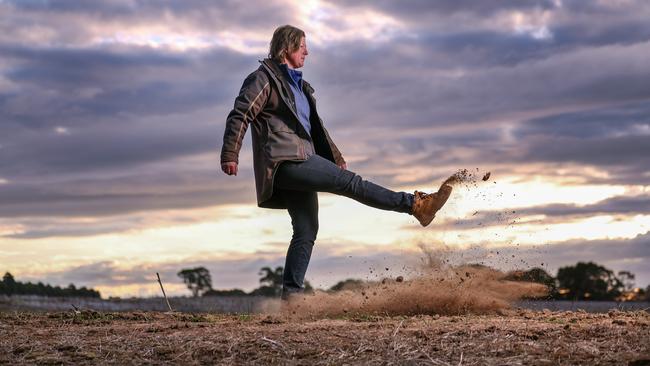
A winter drought is sweeping across large parts of southern Australia, threatening to rival the livestock and economic carnage of 1982 unless sufficient rain falls at the right time in the lead-up to summer.
Farmers are losing large numbers of lambs and ewes, and crops are stagnant across Victoria’s west, southeast South Australia and southern NSW in what is known as a “green drought”.
This is occurs when autumn and winter rains are so poor that land is, at best, covered by a thin veneer of grass that is insufficient to feed stock but can fool the unknowing.
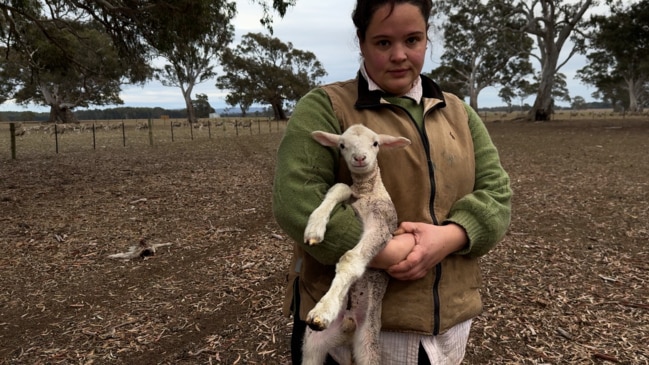
Meat & Livestock Australia was told this week that the driest soil moisture on record had been recorded across Victoria’s Western District, Wimmera-Mallee and South Australia’s southeast, where once-abundant pastures had been transformed into barren paddocks, many throwing up dust in windy conditions.
For Western District farmer and vet Kathryn Robertson, dirt on her 1400ha mixed farming property slips through her fingers, turning to dust, as she contemplates the toughest conditions in decades.
Dr Robertson, from near Hamilton, 295km west of Melbourne, said old-timers were looking back to 1982 – when 100 million sheep and cattle were lost, some of them in mass shootings – as the next comparable dry and then heading back into 1967-68.
“It’s terrible. We usually get a reliable autumn break,’’ she said. “It’s the worst in a long time.’’
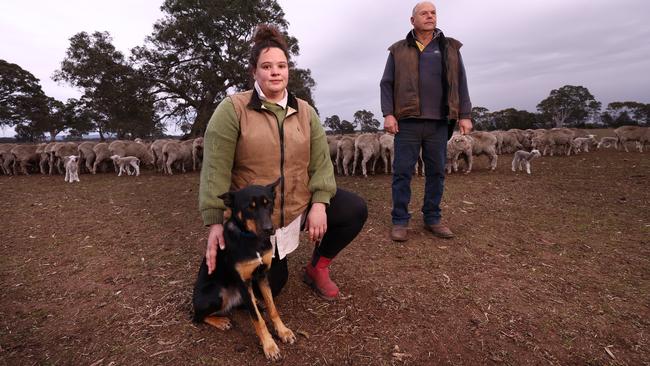
Dr Robertson – who farms crops and raises prime lambs and Angus cattle – said the conditions were confronting in a wide area in Victoria and South Australia, which are the nation’s engine rooms for lamb and beef production, in particular, with normally reliable rainfall and quality soils enabling higher outputs than many areas in the world.
She said that feeding stock with fodder bought externally could become “horrendously expensive” but crucial to ensuring it can survive; some – particularly lambs – never make it”.
“We haven’t had enough rain to get any run-off,’’ Dr Robertson added.
Key to what happens next is whether enough rain falls before summer to rescue primary producers.
If it doesn’t then a world of pain will descend on the sector.
Craig Hole is agricultural giant Nutrien’s soil and plant nutrition technical manager, and farms at Mt Light, near Naracoorte in South Australia’s southeast, which is usually protected from the ill winds of drought.
But Mr Hole says it has been one of the worst seasons in living memory and the effects have been broad.
“The lack of rainfall is causing plenty of grief for southeast farmers. Many crops have only just been sown in to soil that is dropping in temperature, which results in very slow emergence and extremely slow growth rates,’’ Mr Hole said.
“Those trying to keep breeding livestock alive – like us – are also under the pump.”
Some farms that lamb a bit later – i..e around now – have sold off stock to minimise expenditure on extra feed, but many can’t do that as their ewes have started lambing. Soil temperatures have plummeted, which has severely reduced pasture growth rates.”
Dominic Gorringe and his daughter Bronte farm near Cavendish in the shadow of Victoria’s Grampians National Park and they too have been hit with collapsing rainfall numbers, with the last decent rain being in January when 34mm fell.
In the area surrounding Hamilton, there has been 8mm of rain so far in June, with 68mm the average total for the month.
“It just sort of shut off,’’ Mr Gorringe said of the rain, which has left bare paddocks that can sometimes look green when people pass down the road.
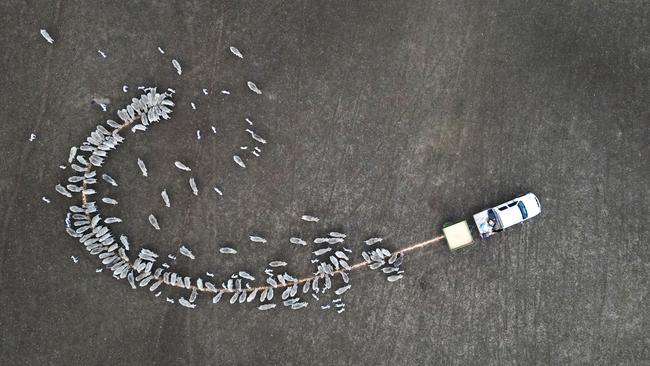
“If you are a farmer you’d understand there is nothing there,’’ he said. “I was around in the 1982 drought and I reckon this is as bad.”
Meat & Livestock Australia’s market information manager, Stephen Bignell, said the organisation had been briefed by the Bureau of Meteorology on soil moisture levels, which had been dire in Victoria’s west and South Australia’s southeast.
“It’s the driest soil moisture on record,’’ he said, adding that Queensland and NSW were “doing OK” and the situation in Western Australia was getting better.
Mr Bignell said farmers were pinning their hopes on spring rains to help steer the worst affected areas into more profitable times.
NSW Farmers grains committee chairman Justin Everitt said parts of southern NSW were having the same problems as the worst-affected parts of the country. The Bureau of Meteorology rainfall charts for February to the end of May this year show record low falls from western Victoria, across to the Eyre Peninsula in South Australia and in northeast Tasmania and parts of the southeast of Western Australia.
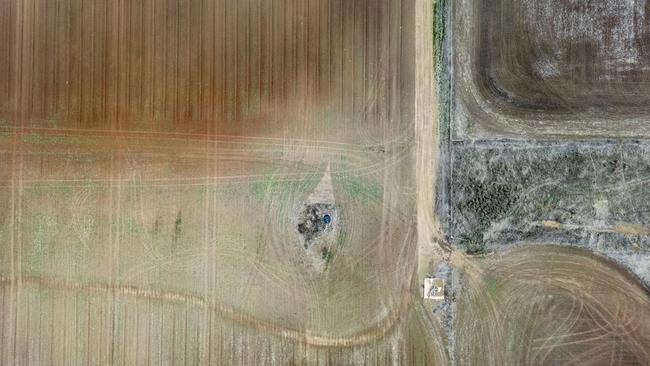
Nutrien’s Mr Hole said Naracoorte had had just over 100mm of rain for the year, 65mm of which fell in January. In a normal year there would have been 200mm by now. “There was green feed everywhere over summer, which is most unusual,” he said. “Unfortunately, it forgot how to rain in February, when we recorded no rain at all. March and April were also very dry – around 10mm per month – and rainfall in May totalled less than 1mm until the last week, when 14mm fell.”

